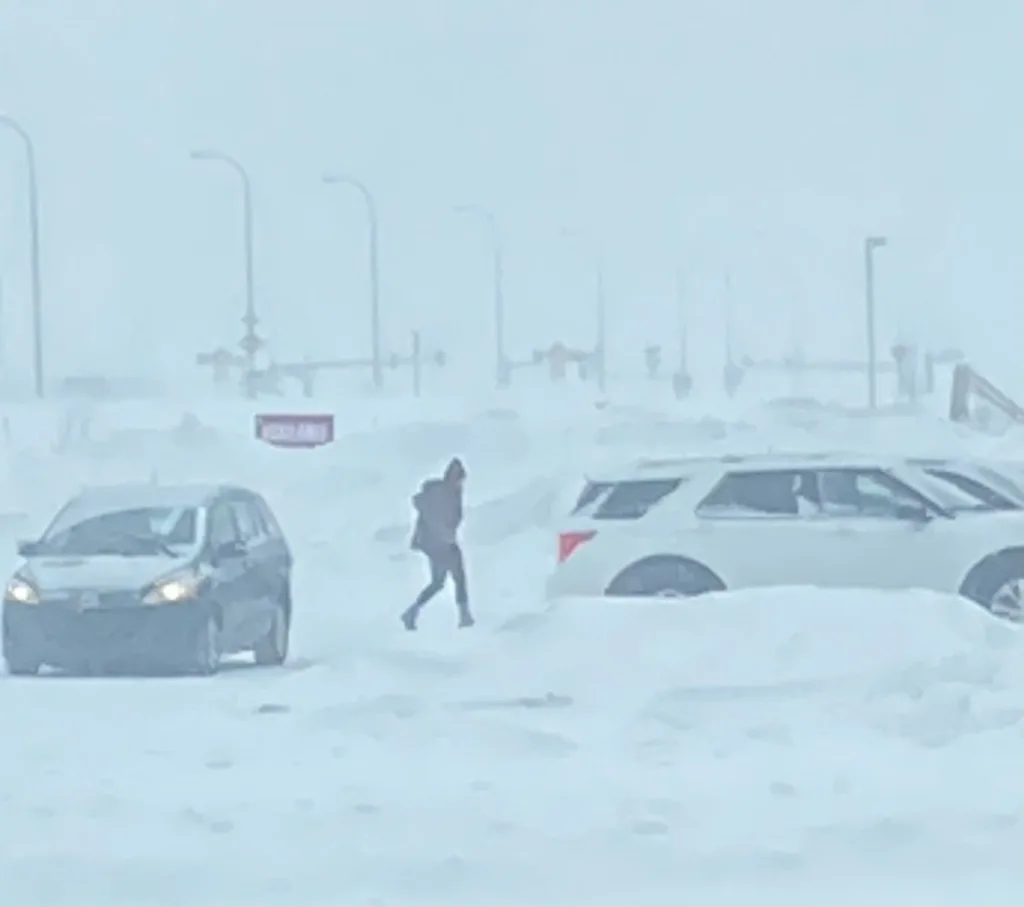

MINOT – Always be bundled and prepared in extreme temperatures is the message from a Minot trauma expert.
Amber Emerson, coordinator for Minot Safe Kids and Trinity Health Injury Prevention, said most of the frostbite cases she sees are from people who were not expecting to be outside for long.
“It could be people who were going out to get the mail and maybe have a slip and fall or some sort of adverse health event that puts them outside for longer,” said Emerson. “It’s typically people who aren’t dressed for being outside and definitely where we see the most frostbite injuries.”
Emerson does not see a certain age affected by frostbite more than any other, though she does see more adults than kids.
“Kids can get colder faster, like infants and toddlers, because they don’t have that temperature regulation system yet,” said Emerson.
Emerson said frostbite is usually caught before death, but tissue can die and cause loss of fingers and hands.
“We don’t have a lot of those cases,” said Emerson. “There have been several in the last few years but not tons of them fortunately. I think we’re educated enough, and it’s something that’s painful so usually people go inside before that.”
Some ways to prevent frostbite and hypothermia is to have a winter first aid survival kit in your car, even driving short distances. Signs of frostbite include increased pain, swelling and inflammation of exposed skin.
“Even skin that is covered can get frostbitten if you’re outside for too long,” Emerson explained.
If the windchill is below negative 16 degrees, frostbite can occur on exposed skin within 30 minutes according to Emerson.
“The most vulnerable areas of frostbite would be nose, ears, fingers and toes,” Emerson explained. “It’s the areas we don’t always think about covering, or making sure we’re wearing proper footwear and gloves, things like that. The most important thing is covering up when you go outside, even if you think it’s just for a few minutes.”